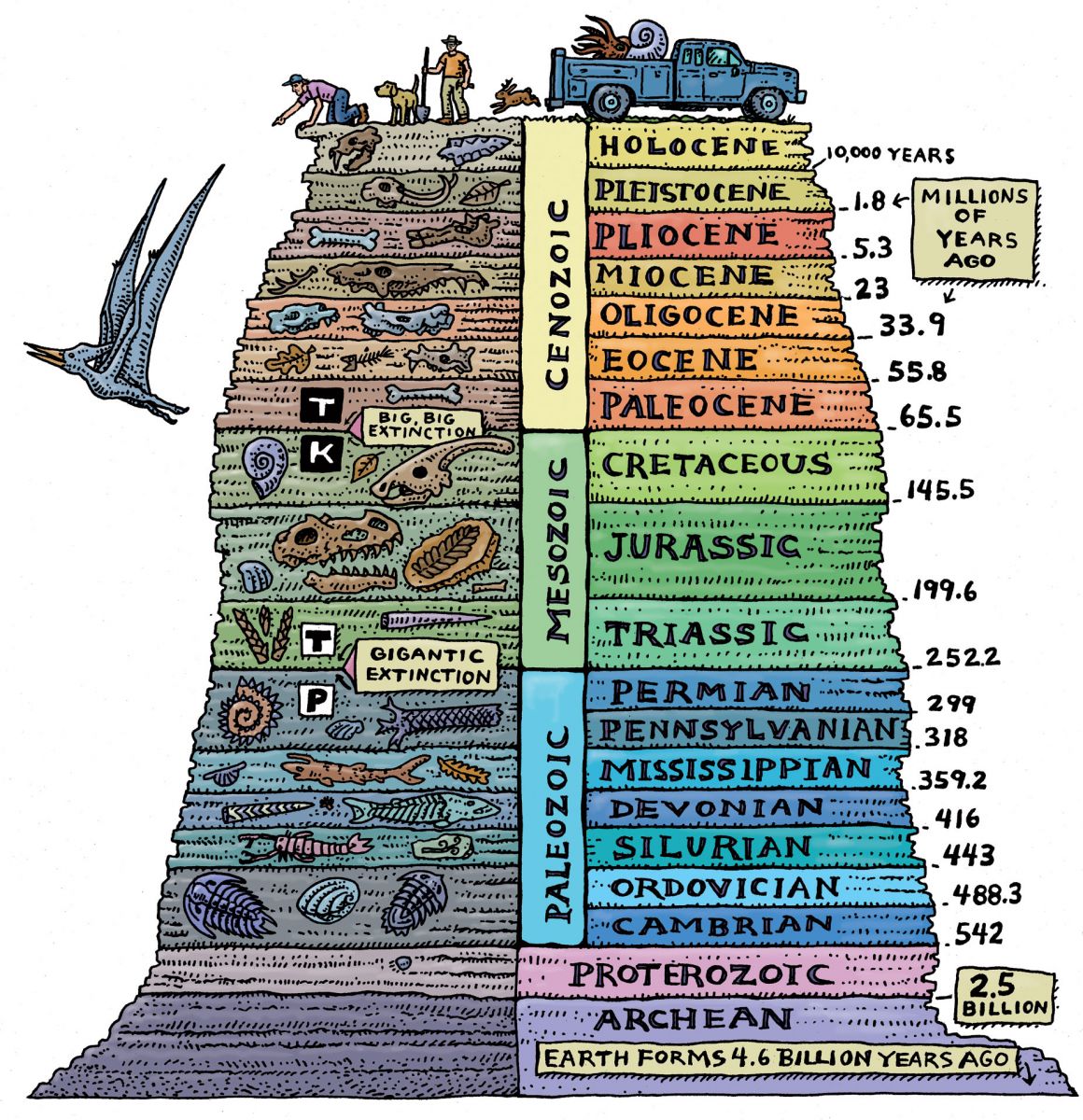The Anthropocene epoch comes from the Greek term for human “Anthropo” and new “cene”. It is a word used to highlight how humans have made an irreversible and detrimental impact to the earth which will cause a heavy influence in the future to ecosystems, environment, biodiversity, etc. This period can also be known as “The great acceleration” due to the modifications we have made to the planet through carbon dioxide emissions, ocean acidification, habitat destruction, etc and how quickly and unexpectedly these changes have came around in the last 60 years but not everyone agrees that these are enough indicators to declare a new geographical epoch.
Anthropocene should be tackled through photography because it is a ever-growing, high influential community through audience and photographer, which is able to use creative ways to catch other peoples attention towards why we should be more careful of our plastic use.
Here are the different types of epochs we have already experienced:

Plastic is a key marker in the Anthropocene as plastic production is seen and used everywhere with millions of tonnes being produced each year. Due to the fact that plastic isn’t biodegradable it usually ends up littering soils, ocean beds, streets, etc which can be very harmful to wildlife. For my project, I will mainly be focussing on the effect of plastic bags and raising the awareness of how damaging they can be.

Photographers who have focussed on photographing Anthropocene –
- Naomi White
- Vilde Rolfsen
- Mandy Barker
- Keith Arnatt
- Edward Burtynsky
- Jennifer Baichwal
- Nicholas De Pencier
- George Marazakis



